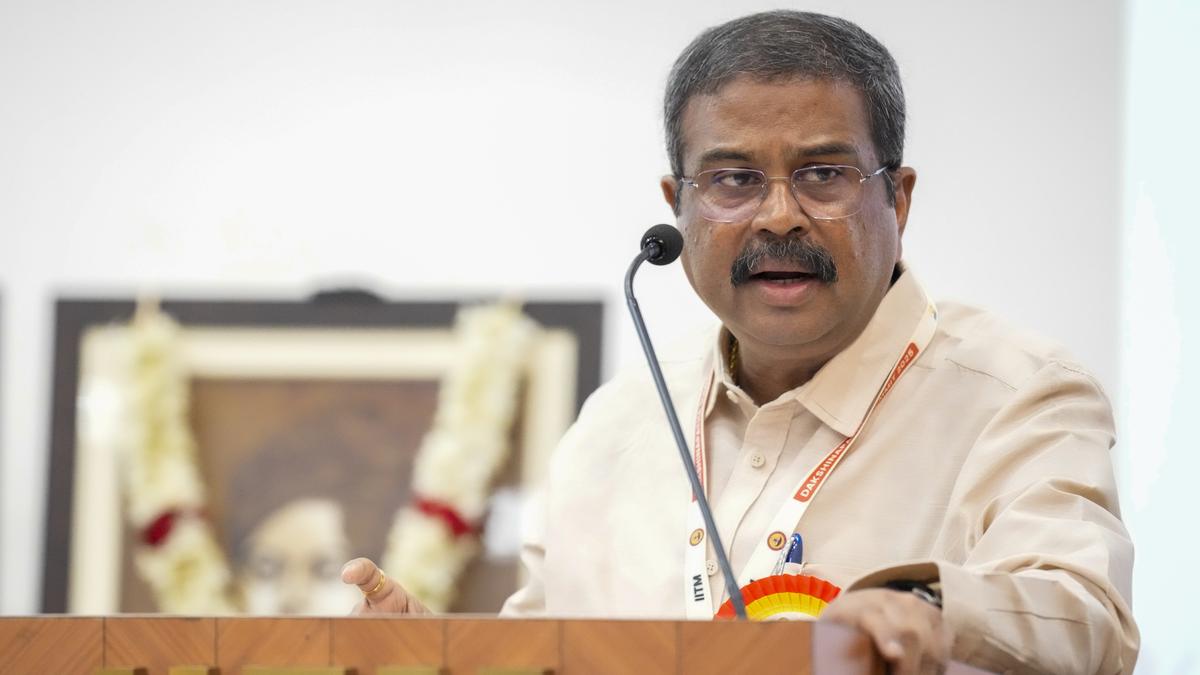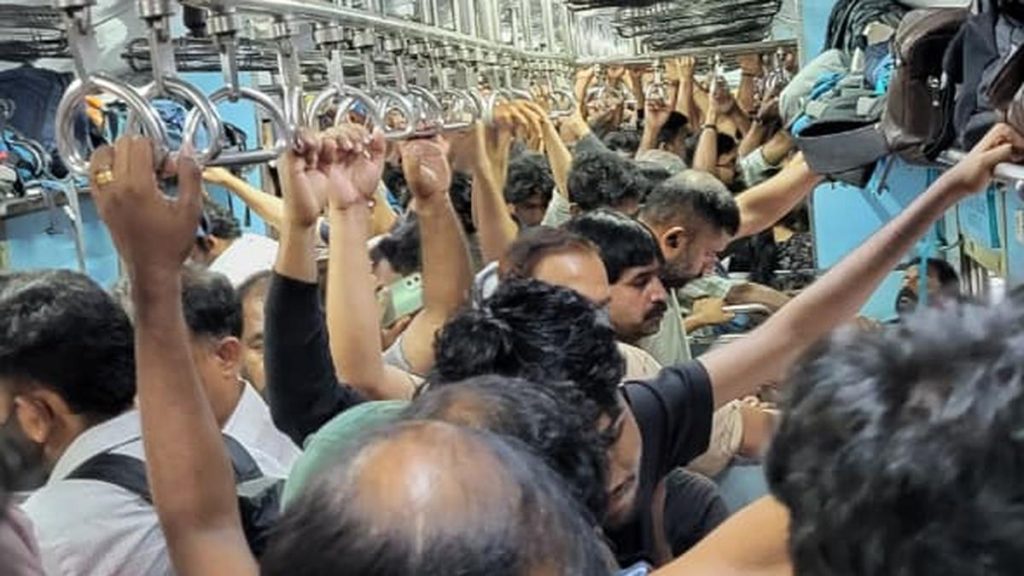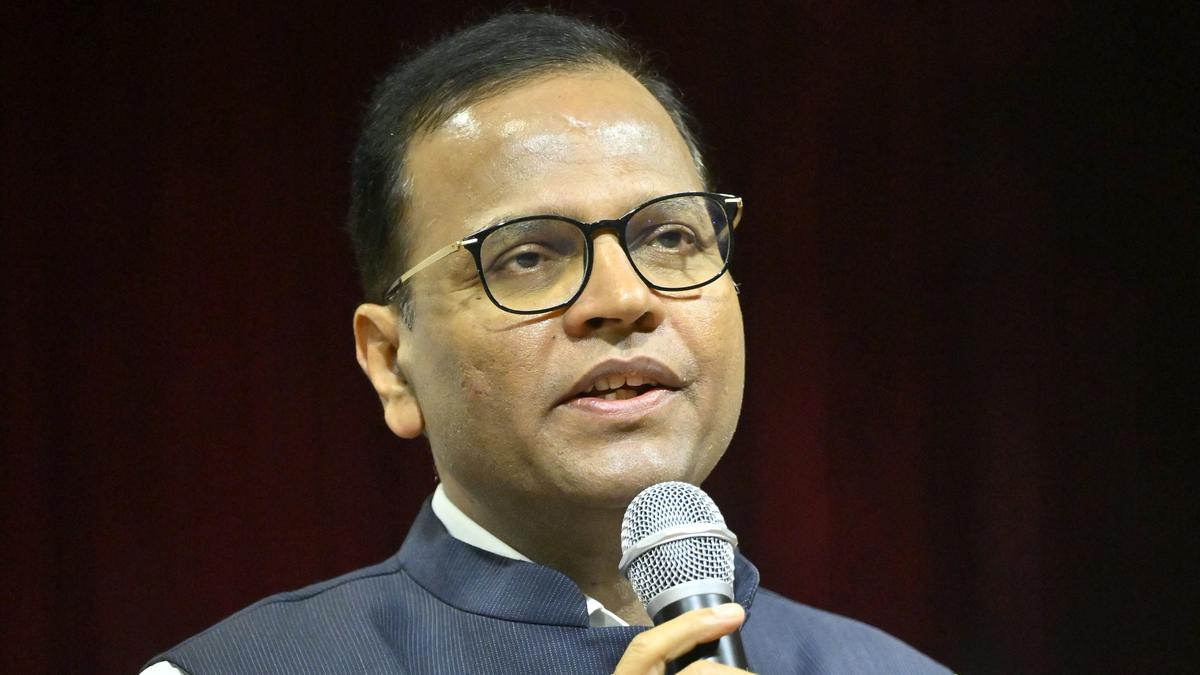Now Reading: Centre Respects States’ Language Choice: Dharmendra Pradhan
-
01
Centre Respects States’ Language Choice: Dharmendra Pradhan
Centre Respects States’ Language Choice: Dharmendra Pradhan

quick Summary
- Event: union Education Minister Dharmendra Pradhan addressed the ‘Think India Dakshinapatha Summit 2025’ at IIT Madras, Chennai, on september 21, 2025.
- Key Statement: The minister denied claims of the Centre imposing any language and called such allegations “politically motivated.”
- language Policy Details:
– For Classes 1-2: A two-language formula with one language being the mother tongue (e.g., Tamil in Tamil Nadu).
– For Classes 6-10: A three-language formula including the mother tongue and two optional languages chosen by students and states.
- examples of Implementation:
– In uttar Pradesh, students can opt for combinations like Hindi (mother tongue), Marathi, or Tamil.
– andhra Pradesh CM N. chandrababu Naidu encourages multilingual learning for global competitiveness.
- Outlook on Language Debate:
– Highlighted linguistic diversity in India without divisions; cited societal progress exceeding divisive narratives.
– Emphasized importance of pride in one’s own language while respecting others.
Indian Opinion Analysis
The Union Education Minister’s remarks aim to clarify India’s approach to promoting multilingual education under the National Education Policy without enforcing centralised decisions. By emphasizing adaptability based on regional preferences and giving states autonomy over implementation choices, this framework attempts a balance between linguistic diversity and national unity.
However, persistent concerns around ‘language imposition’ highlight socio-political sensitivities tied to language identity in many regions like Tamil nadu. The Government’s communication strategy will play a key role in addressing these fears while ensuring equity among all regional languages. As multilingualism is promoted as a skill for global competitiveness-echoed by leaders like Andhra’s CM-the policy has potential long-term benefits if effectively implemented across diverse linguistic states.

























